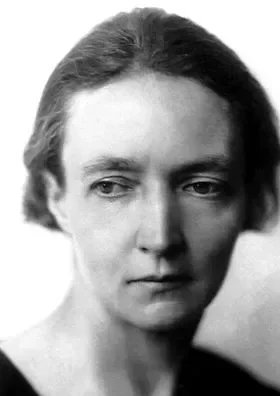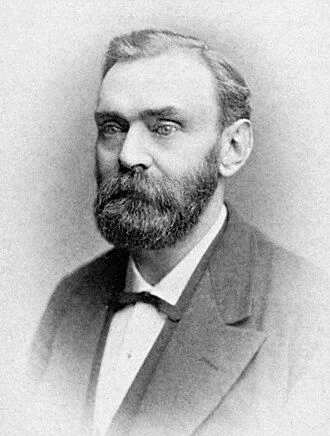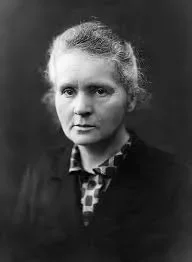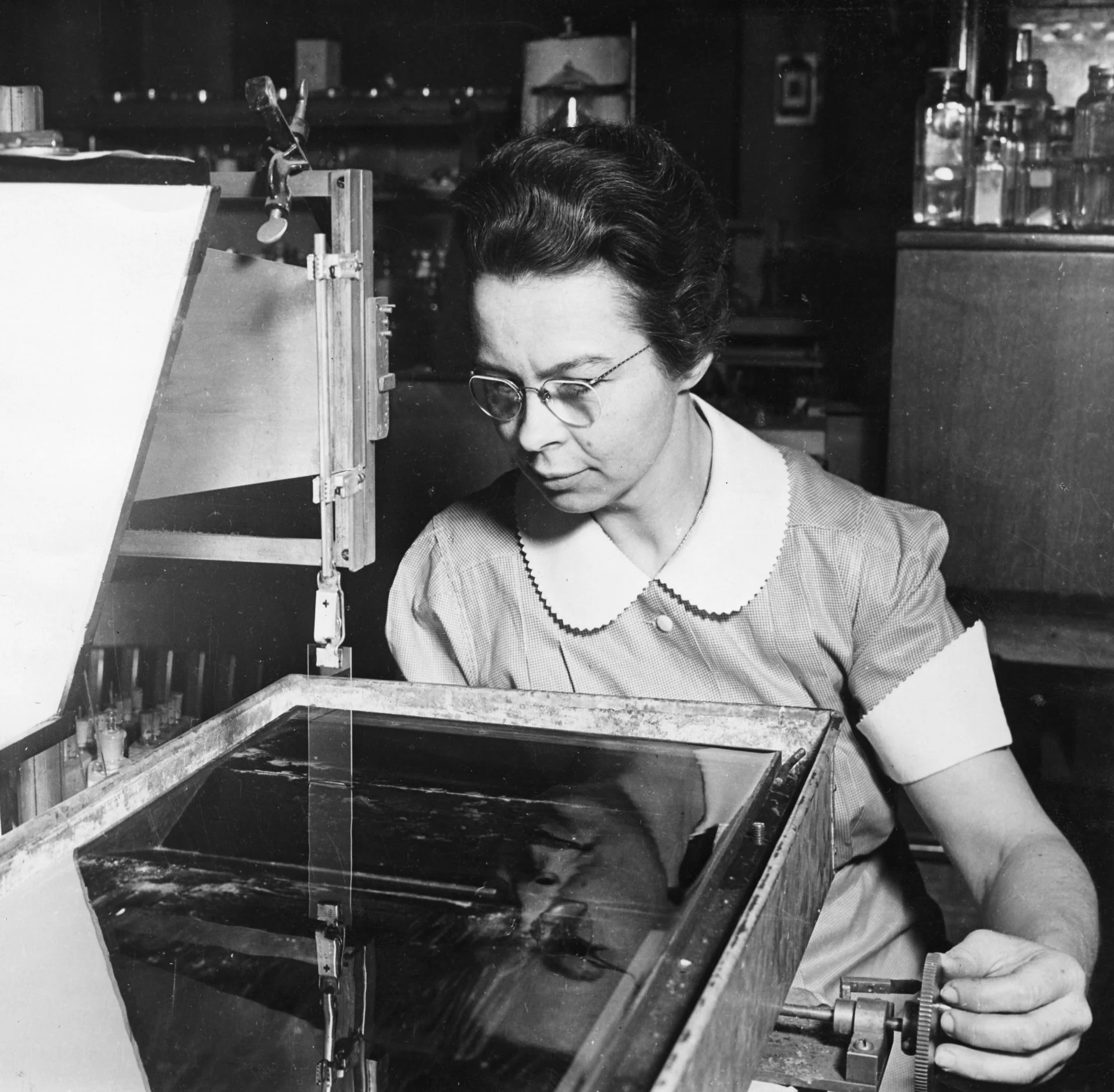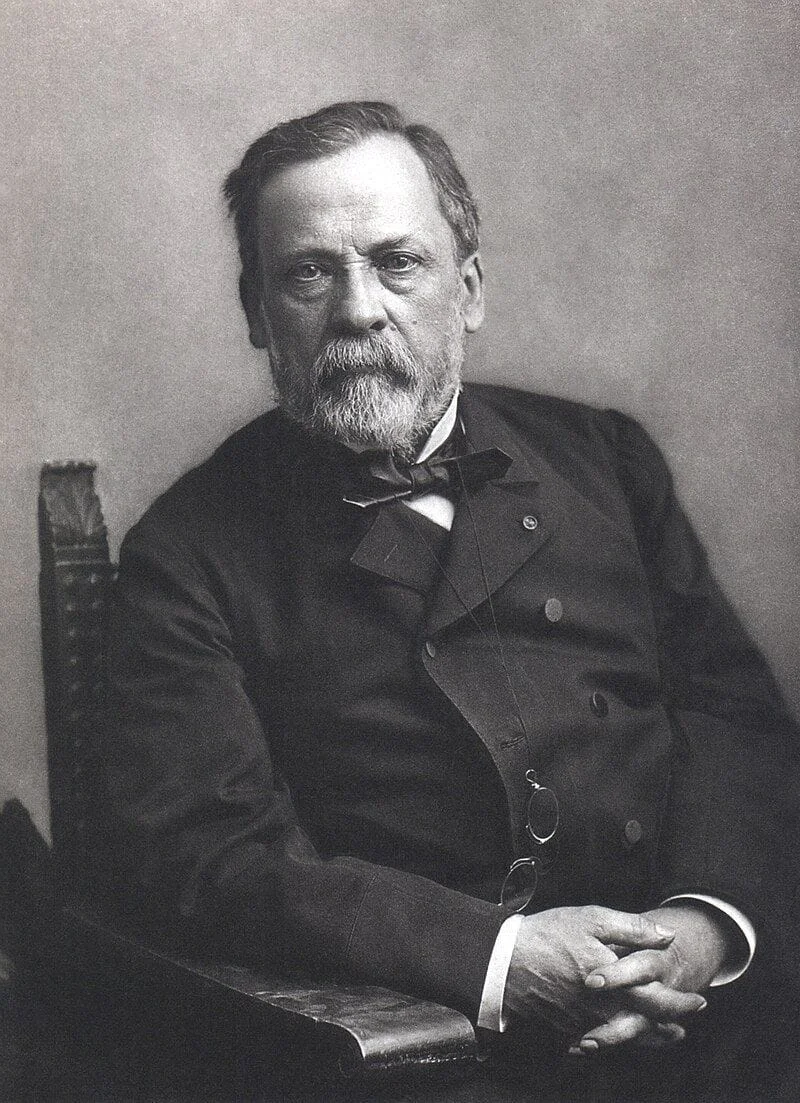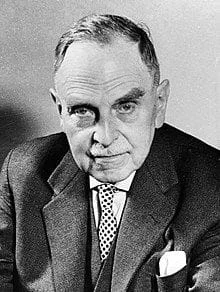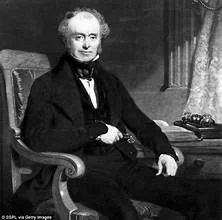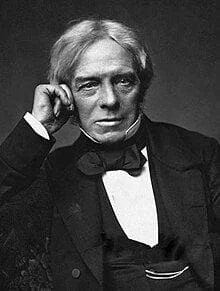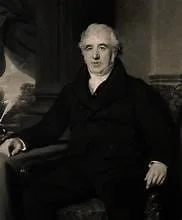Real Celebrities Never Die!
OR
Search For Past Celebrities Whose Birthday You Share

source:wikipedia.org
Kasimir Fajans
Birthday:
27 May, 1887
Date of Death:
18 May, 1975
Cause of death:
Unknown
Nationality:
PolishAmerican
Famous As:
Chemist
Age at the time of death:
87
Early Life and Education
Kazimierz Fajans, a prominent Polish-American physical chemist, was born on May 27, 1887, in Warsaw, Congress Poland, into a Jewish family. After completing secondary school in Warsaw in 1904, Fajans pursued further studies in Germany, focusing on chemistry. In 1909, he earned his Ph.D. for his research on the stereoselective synthesis of chiral compounds.
Early Career and Discovery of Protactinium
In 1910, Fajans joined Ernest Rutherford’s laboratory in Manchester, where he researched the properties of radioactive elements. During this time, he made groundbreaking discoveries regarding the half-lives of uranium-actinium and thorium nuclides. In 1913, alongside Oswald Helmuth Göhring, Fajans co-discovered the chemical element protactinium, a significant milestone in radiochemistry.
Contributions to Radiochemistry and Separation Methods
Fajans contributed substantially to the study of radioactive substances. He worked with Otto Hahn to develop a formula for the precipitation and absorption of radioactive materials, which became critical for the separation methods in radiochemistry. His work on electrochemical branching of radioactive elements also made significant strides in the field.
Academic Leadership and Emigration
In 1917, Fajans became a professor and the head of the Faculty of Physical Chemistry at Munich University. He later took charge of the Institute of Physical Chemistry in 1932. However, due to Nazi persecution, Fajans fled Germany in 1935, eventually settling in Ann Arbor, Michigan, after spending time at Cambridge.
Fajans Rules and Contributions to Physical Chemistry
Fajans made a major impact in physical chemistry with the development of “Fajans Rules” in 1923. These rules provided key insights into the ionic or covalent nature of chemical bonds. His thermochemical research, particularly on particle and crystal structures, further advanced the understanding of chemical bonding, such as the heat of ion hydration.
Kazimierz Fajans's Quote's
Later Work and Recognition
After moving to the U.S., Fajans continued his research on nuclear reactions, contributing to the discovery of a radioactive lead isotope. He also developed the quanticule theory, which explored the electrostatic effects between particles and chemical bonding. Fajans received numerous accolades during his career, including becoming an honorary member of the Polish Chemical Society in 1959.
Retirement and Legacy
Kazimierz Fajans retired in 1958 at the age of 70, following a distinguished career in physical chemistry. He passed away on May 18, 1975, in Ann Arbor, Michigan, at the age of 87. Fajans’ pioneering contributions to radiochemistry and coordination chemistry left a lasting legacy in the scientific community.
Name:
Kazimierz Fajans
Popular Name:
Kasimir Fajans
Gender:
Male
Cause of Death:
Unknown
Spouse:
Place of Birth:
Warsaw, Poland
Place of Death:
Ann Arbor, Michigan, United States
Occupation / Profession:
Personality Type
Logician: Innovative inventors with an unquenchable thirst for knowledge. Kazimierz Fajans has done many innovative discoveries in the field of chemistry
Fajans' moved to the United States in 1933 as a response to the rise of Nazi Germany.
Fajans worked at the laboratory of Ernest Rutherford in Manchester, where the nucleus was discovered.
He used the name Kasimir Fajans in many of his publications
Fajans' rules, In inorganic chemistry was formulated by Kazimierz Fajans. These rules are used to predict whether a chemical bond will be covalent or ionic.
In 1909 he was awarded a PhD degree for his research into the stereoselective synthesis of chiral compounds
He was a member of the Polish Institute Of Arts and Sciences in America
He received medal of the University of Liège in 1948
He developed the quanticule theory
